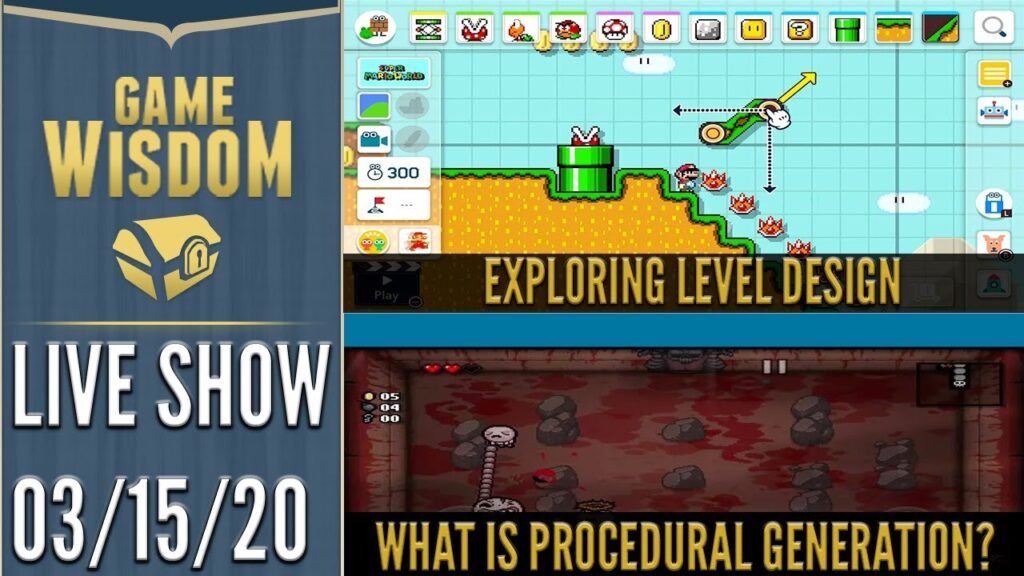Procedural generation has become a popular technique in video game design, allowing developers to create random, but sometimes predictable, content using algorithms instead of handcrafted assets. This creates dynamic and unique gaming experiences with infinite replayability, reduces development costs and allows for the creation of complex, detailed content. Procedural generation can be used across different genres, including role-playing games, action games and sports games. Expect to see an increase in the use of procedural generation in video game design as technology advances and becomes more accessible.
Exploring the Possibilities of Procedural Generation in Game Design
In recent years, procedural generation has become an increasingly popular technique in video game design. By using algorithms to create random, but sometimes predictable, content, developers are able to create dynamic and unique gaming experiences that are different every time they are played. In this article, we will explore what procedural generation is, the benefits of using it in game design, and how it can be implemented in different genres.
What is Procedural Generation?
Procedural generation is a technique used in computer graphics and video game design to create content through algorithms rather than handcrafted assets. In simpler terms, it is a way of using programming to create dynamic content that is different each time a player engages with it. This can include anything from terrain, landscapes, quests, characters, items and environments.
For example, in a game like Minecraft, the terrain is procedurally generated, meaning that each time the player starts a new game, the game algorithms generate a new terrain with different biomes and landscapes. The game’s structure, caves, underground lakes, ore deposits, and vegetation all vary each time as well.
By using procedural generation in game design, developers can create infinite replayability and dynamic gameplay. Procedurally generated content also reduces the need to create a large amount of hand-crafted content. This reduces development costs and allows developers to focus on other aspects of the game.
The Benefits of Using Procedural Generation in Game Design
Procedural generation offers many benefits to game designers, including:
Infinite Replayability
By using procedural generation, developers can create games that are different every time they are played. This offers infinite replayability and ensures that the game never gets old or bored.
Reduced Development Costs
Using procedural content generation can reduce the number of assets that need to be created by the development team. This leads to reduced development costs and allows developers to focus on creating other content such as unique gameplay mechanics and user interfaces.
Dynamic Content Creation
Procedural generation can create content that is not only unique but also dynamic. By using procedural algorithms, developers can create content that changes based on the player’s actions, making the gaming experience even more immersive.
Creation of Complex Content
Procedural generation can create complex content that might be difficult or time-consuming to create by hand. This includes terrain, landscapes, cities, and other environments with a high level of detail.
Procedural Generation in Different Genres
Procedural generation can be used in many different genres of games. Here are a few examples:
Role-Playing Games
Role-playing games, or RPGs, are a popular genre for procedural generation. In these games, procedural generation can be used to create random quests and landscapes, providing infinite replayability. This allows players to explore new territories, fight new enemies, and discover new weapons and items every time they play.
Action Games
In action games, procedural generation can create a dynamic and unpredictable environment for the player. This can include randomly generated enemies, weapons, and environments. This not only makes the game more enjoyable but also makes it more challenging as the player is required to think on their feet.
Sports Games
In sports games, procedural generation can be used to create custom players, teams or leagues that allow gamers to play against their favorite teams or create their own fictional leagues with unique teams.
Conclusion
Procedural generation is a powerful tool for game designers to create dynamic and unique content through the use of algorithms. This technique offers unlimited replayability, reduced development costs, and a way to create complex content. As game technology continues to advance and become more accessible, we can expect to see an increase in the use of procedural generation in video game design across all genres.
